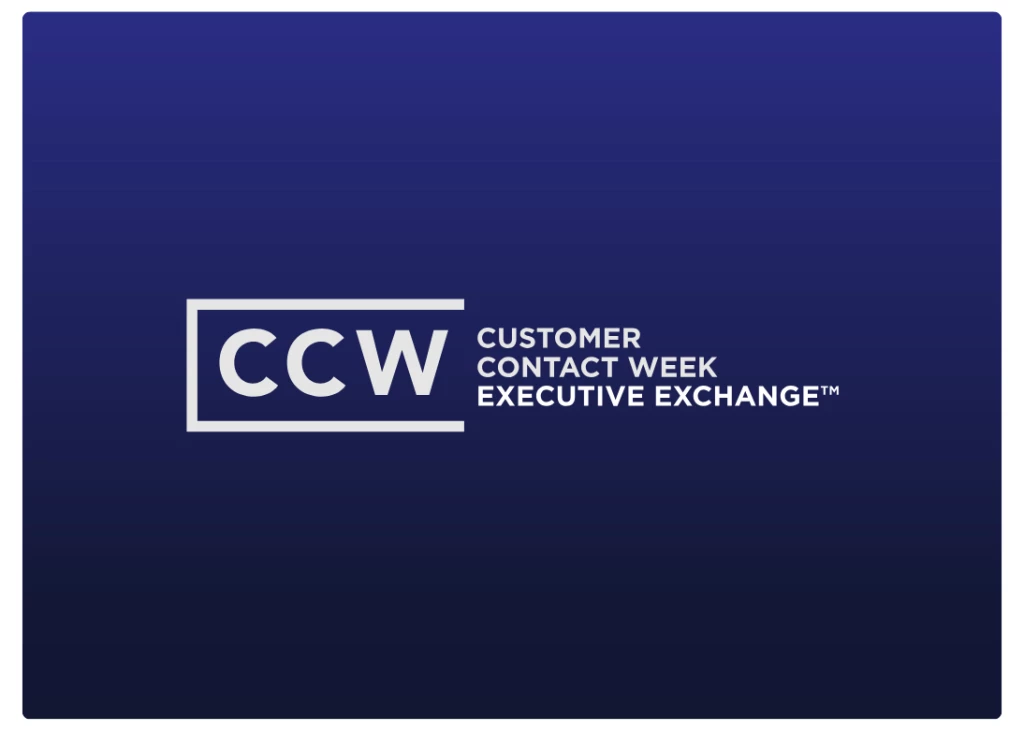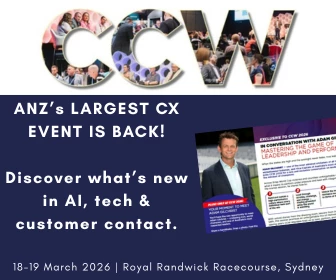Making First Call Resolution Work for Your Customers
Add bookmark
Few metrics have made contact center managers drool like first-call resolution has. And with good reason: FCR has been shown to have a significant impact on customer satisfaction, operational costs and employee morale. So we’re looking at a metric trifecta – a measurement that is both qualitative and quantitative, and that is also engaging for agents.
Unfortunately, FCR is also one of the most misconstrued and mis-measured metrics in the contact center. Many managers get so caught up in the potential benefits that FCR can bring, they simply add it to the center’s scorecard and start tracking it haphazardly – without really grasping some key concepts or taking the customer’s perspective into full consideration.
To avoid the typical FCR pitfalls that doom many a contact center and customer relationship, it’s critical to understand the following:
Accurately measuring FCR takes work.This metric is not easily captured and calculated. You can’t just rely on callback tracking technology, as some customers may not call back even if their issue wasn’t resolved. For instance, they might instead contact the center via another channel (e.g., email, chat) or perhaps even defect to the competition out of frustration. Nor can you just have your quality monitoring folks decide if a call has been resolved (though that doesn’t stop many centers from doing this to gauge FCR); it has to be measured from the customer’s perspective. And while asking customers about issue resolution via post-contact surveys is highly recommended, that method alone isn’t sufficient for accurately tracking FCR either, as sometimes a caller might thinktheir issue was resolved during a call, but then the agent or somebody else doesn’t follow through with what needs to be done to complete the resolution, resulting in a later callback.
The best way to track FCR is to use a combination of the aforementioned methods, and to then just hope you are catching the metric at enough angles to get close to what your actual FCR rate is. That’s a lot of work to still be unsure, but the good news (sort of) is…
...Customers don’t actually care if you know how to measure FCR – they simply want you to ACHIEVE it. It’s important the managers don’t get so obsessed with measurement of FCR that they forget to focus on what processes and practices actually drive FCR improvement. Who cares if you are doing a bang up job of tracking FCR if all the reports show that your rate never goes up. Top contact centers worry less about numbers and more about positive customer experiences, and thus embrace such FCR improvement tactics as:
-Providing agents with the training and resources to quickly and effectively resolve contacts.
-Ensuring that there are no conflicting performance objectives hindering customer-centricity and
FCR achievement (like rigid AHT goals).
-Mastering skills-based routing so that callers get sent to the right agent with the skill-set to handle
their issue.
-Building agent incentives around FCR goal achievement.
-Empowering agents to make improvements to FCR-related processes.
A high FCR rate isn’t always something to cheer about. Even if your center effectively measures FCR, and your reports consistently show a rate in the 90%-95% range, don’t assume you are an FCR rock star. While rates that high can be legit, more often than not they are inflated by simple "slam dunk" inquiries that the call center could have avoided entirely by providing (and effectively promoting) strong self-service options (e.g., speech-enabled IVR; dynamic web self-service tools.) A potent self-service strategy not only can save the company mucho dinero, many customers prefer self-service when it comes to basic transactions and inquiries.
A high FCR rate doesn’t always account for the amount of effort expended or pain endured by the customer. Sometimes an issue may get resolved on the first call, but not before the customer considered suicide while stuck in a IVR hell only to get transferred to an agent who, while equipped with the answer required, was not equipped with much courtesy or professionalism. That’s why no FCR initiative is complete without solid Quality monitoring and C-Sat measurement practices in place. They are key to ensuring calls are resolved AND relationships are cultivated.





















